7 Crore+ Customers

Affordable Premium

7 Crore+ Customers

Affordable Premium


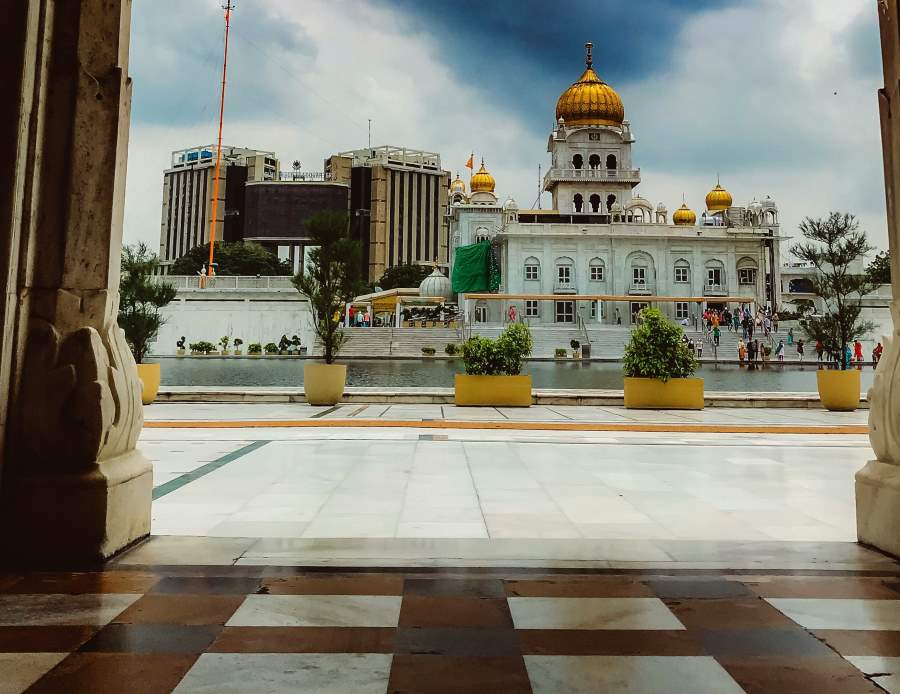
Gurudwaras in Punjab, one of the most significant facets of Punjabi culture, which is rich in history and tradition, is religion. The Sikh community regards gurudwaras as sacred sites of devotion, and Punjab is home to a large number of them. In addition to its religious significance, these gurudwaras are significant historically and architecturally.


Gurudwara Harmandir Sahib
Takht Sri Kesgarh Sahib
Guru Baba Atla Sahib
Gurudwara Shri Tarn Taran Sahib
Gurudwara Shri Dukhniwaran Sahib
Gurudwara Shri Fatehgarh Sahib
Gurudwara Shri Keshgarh Sahib
Gurudwara Rauza Sharif
Saragarhi Memorial Gurudwara
Gurudwara Parivaar Vichora Sahib
Shri Dukh Bhanjani Beri
Know more about:
The following are the top 11 Gurudwaras in Punjab, each offering a unique blend of tranquillity, spirituality, and Sikh heritage:
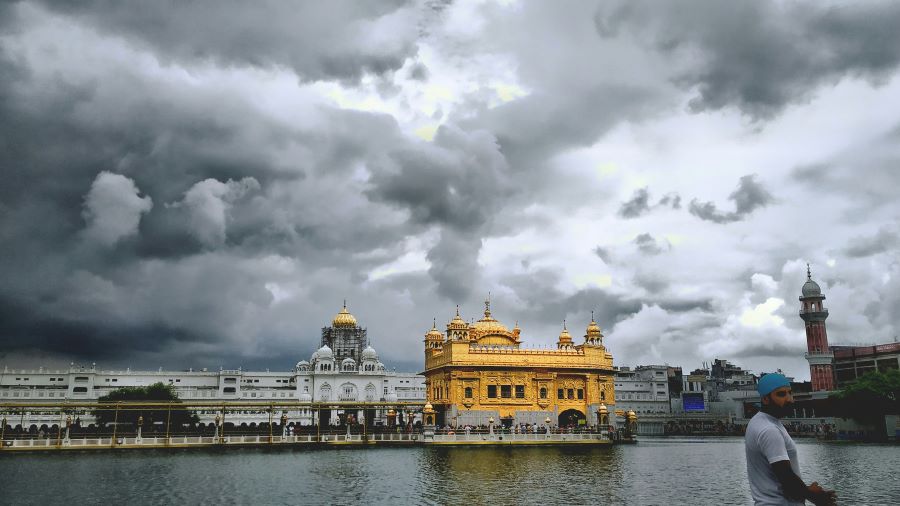
The Golden Temple, or Harmandir Sahib Gurudwara, was constructed in the 16th century and is renowned for its breathtaking architectural design, lovely reflecting pool, and elaborately decorated walls made of marble and gold.
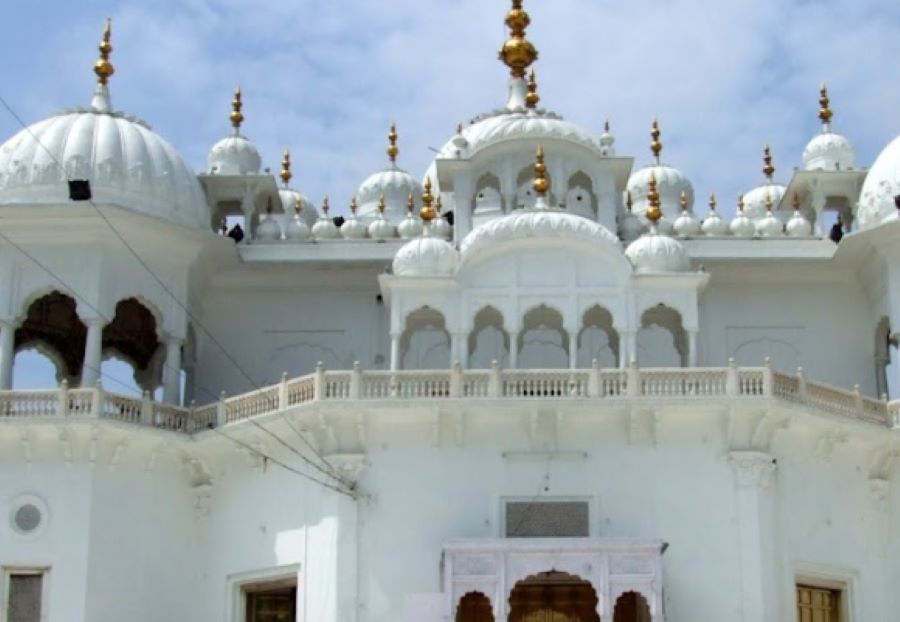
One of Sikhism's five Takhts, this gurudwara is revered as a site of immense religious and historical significance. The Takht Sri Kesgarh Sahib, which receives thousands of visitors each, is also renowned for its exquisite architecture.
Read more about:
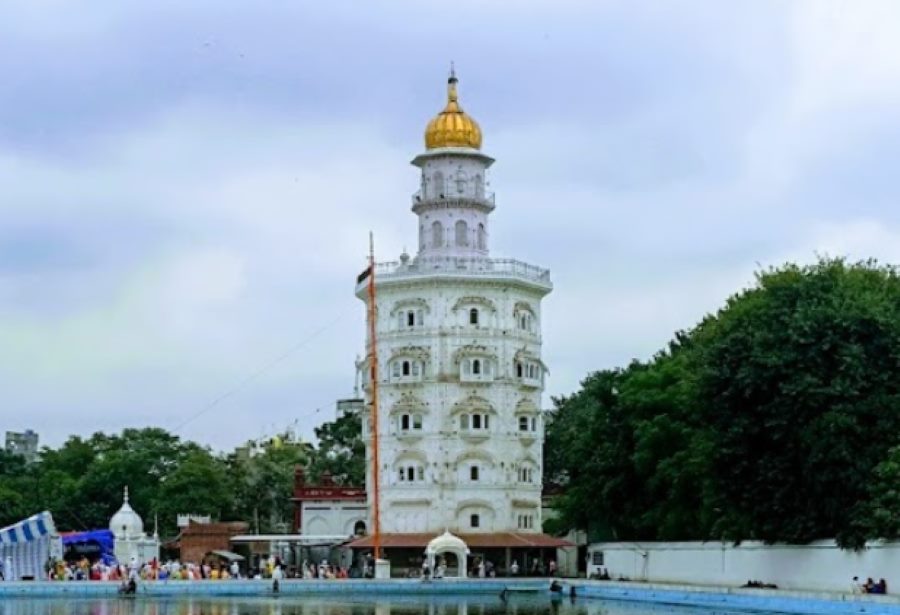
It is named after Guru Hargobind Sahib's son, Baba Atal Rai. This 17th-century gurudwara is well-known for its exquisite architecture and is also regarded as one of the world's tallest gurudwara buildings.
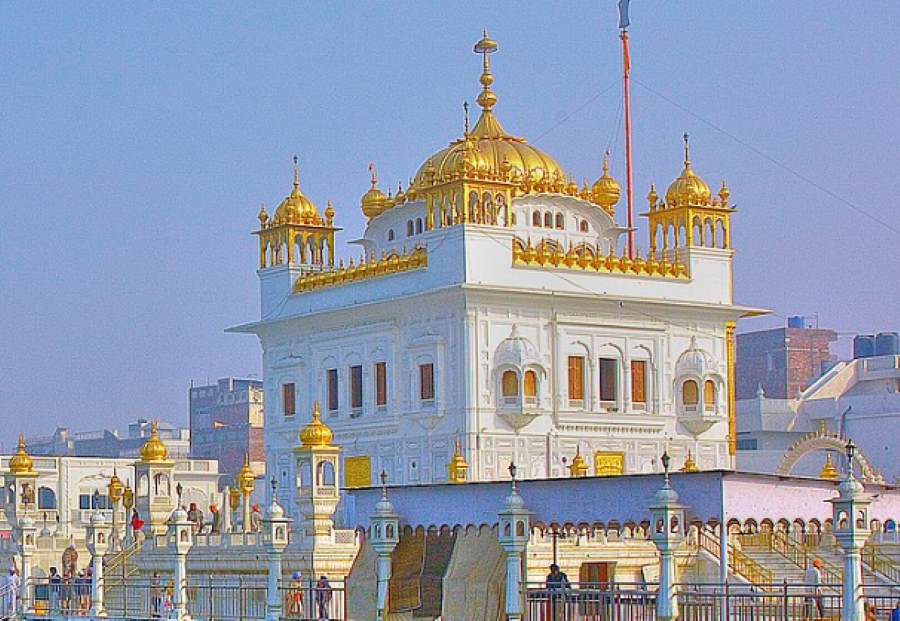
It is regarded as one of Punjab's most significant gurudwaras. It is thought that the fifth Sikh Guru, Guru Arjan Dev, blessed its waters. The Gurudwara receives thousands of visitors each year and is well-known for its magnificent architecture.
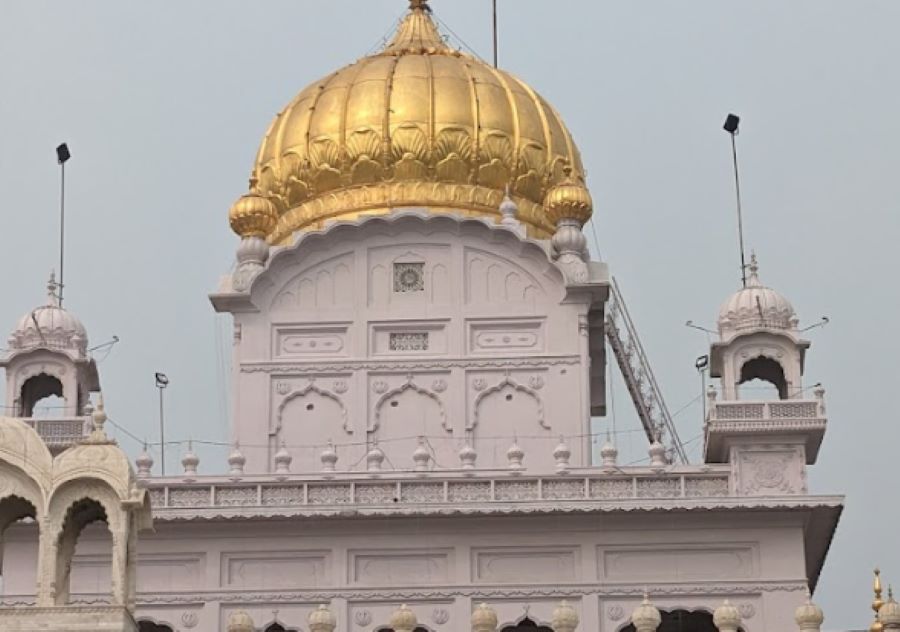
It is well-known for its religious and historical significance. This Gurudwara is renowned for its architecture and is thought to have been constructed in the 17th century. One can overcome challenges and find serenity by praying here.
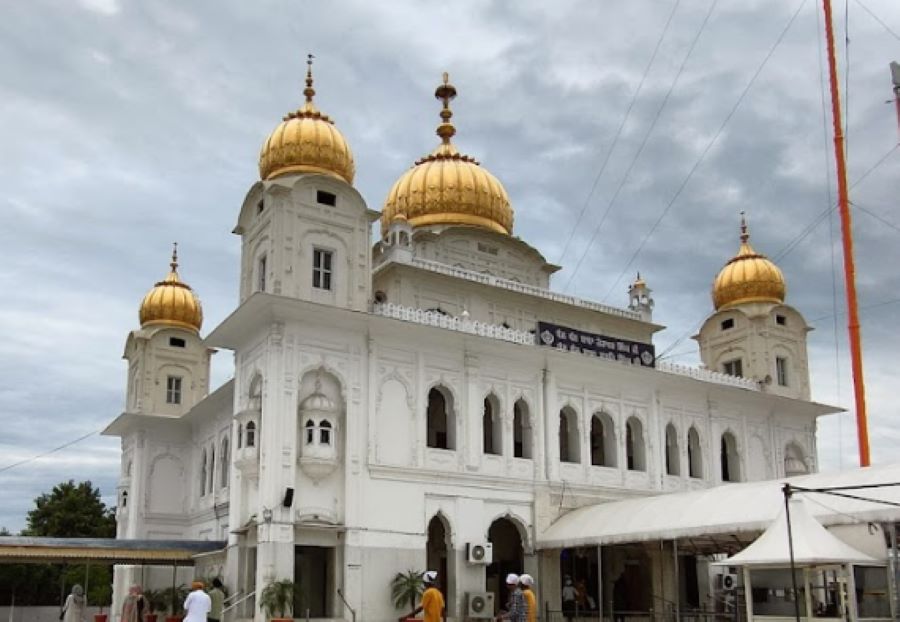
It is thought that during the Mughal rule, Sahibzada Fateh Singh and Sahibzada Zorawar Singh, the two younger sons of Guru Gobind Singh, were bricked alive at this location. The gurudwara, which people visit annually, was constructed in their honour.
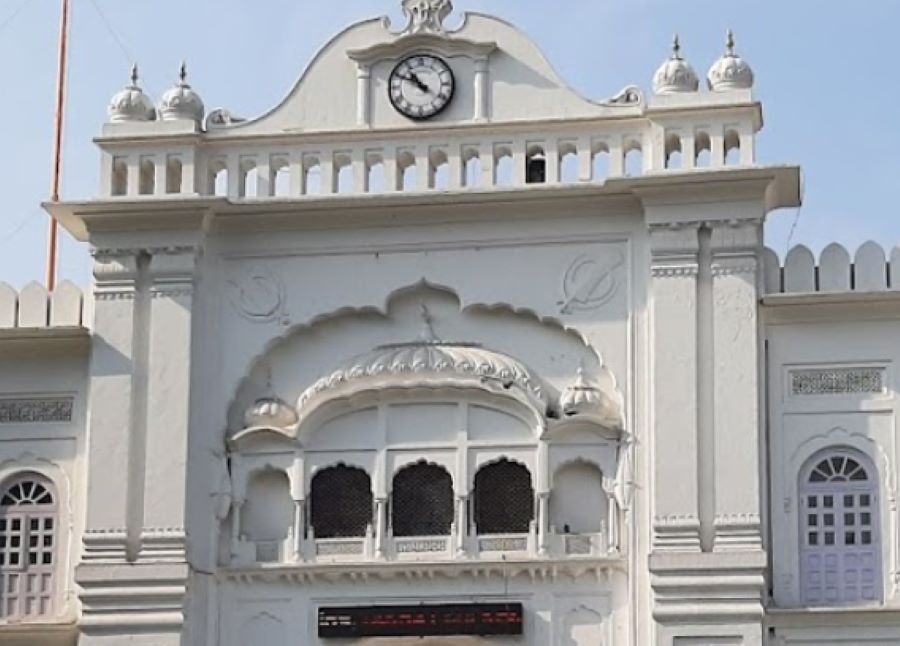
It is regarded as one of Punjab's most significant gurudwaras. Guru Gobind Singh is thought to have established the Khalsa at this gurudwara in 1699. The Gurudwara receives thousands of visitors annually and is renowned for its exquisite architecture.
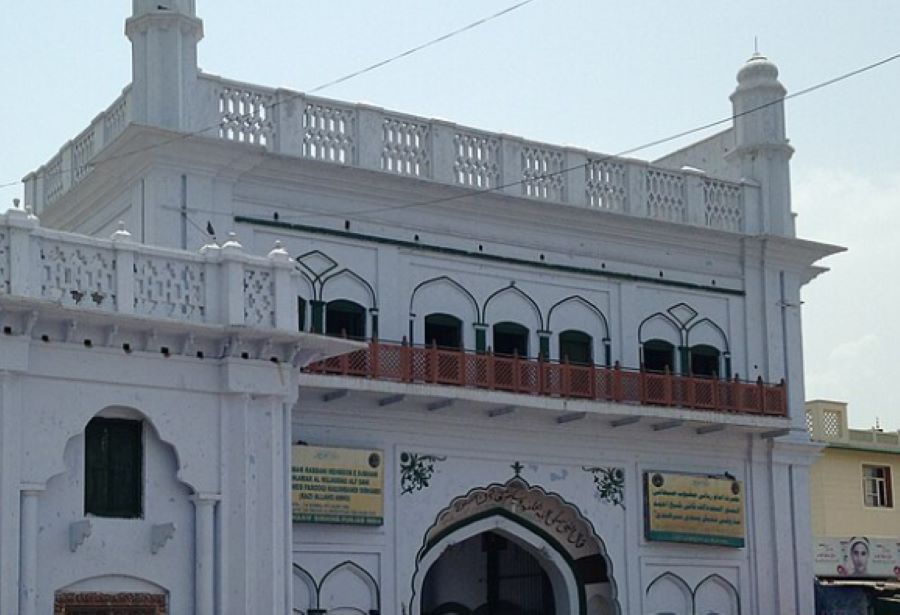
The two younger sons of Guru Gobind Singh are thought to have been buried alive in 1705 by the Mughal governor of Sirhind, where the gurudwara now stands. The syncretic culture and social harmony of the area are reflected in the Gurudwara.
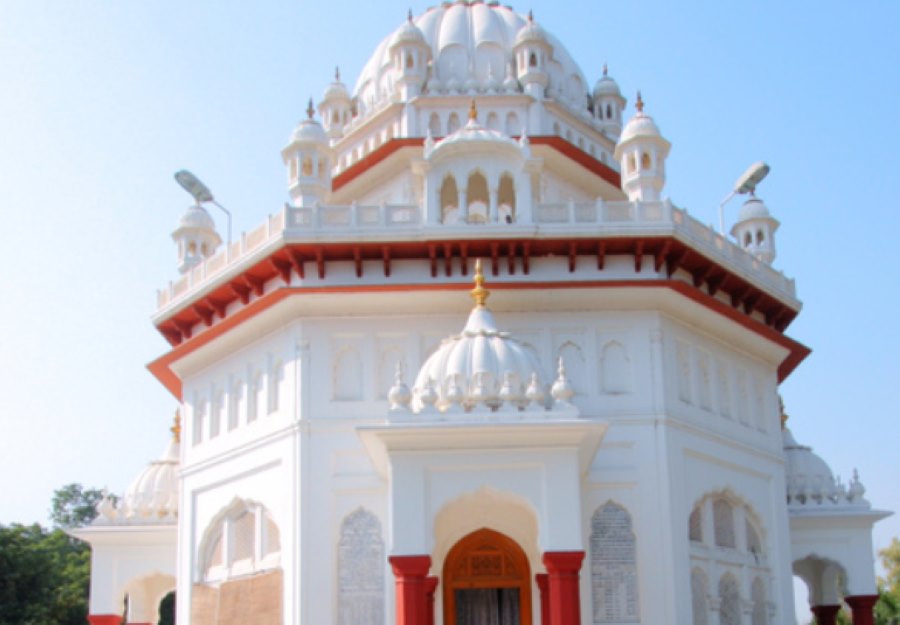
It honors the historic 1897 Battle of Saragarhi, which pitted 10,000 Afghan tribesmen against 21 Sikh soldiers in the Indian Army. The names of Sikh soldiers who fought and lost their lives in the conflict are listed on a memorial plaque inside the Gurudwara.
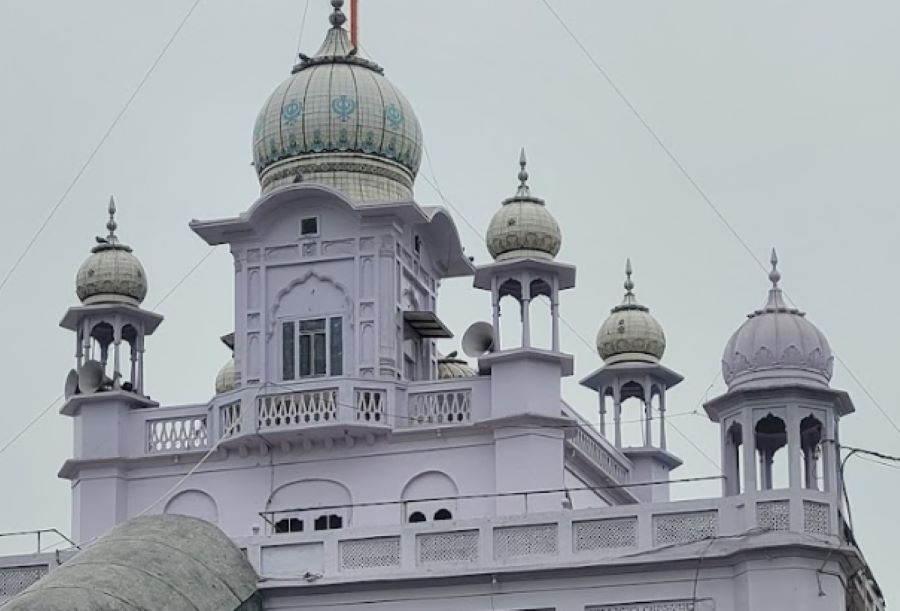
For Sikhs, the gurudwara is particularly significant since it symbolizes the bravery and sacrifice of the Guru and his family. The Sikh community holds the account of their martyrdom and separation in high regard, as it is a significant aspect of their history.
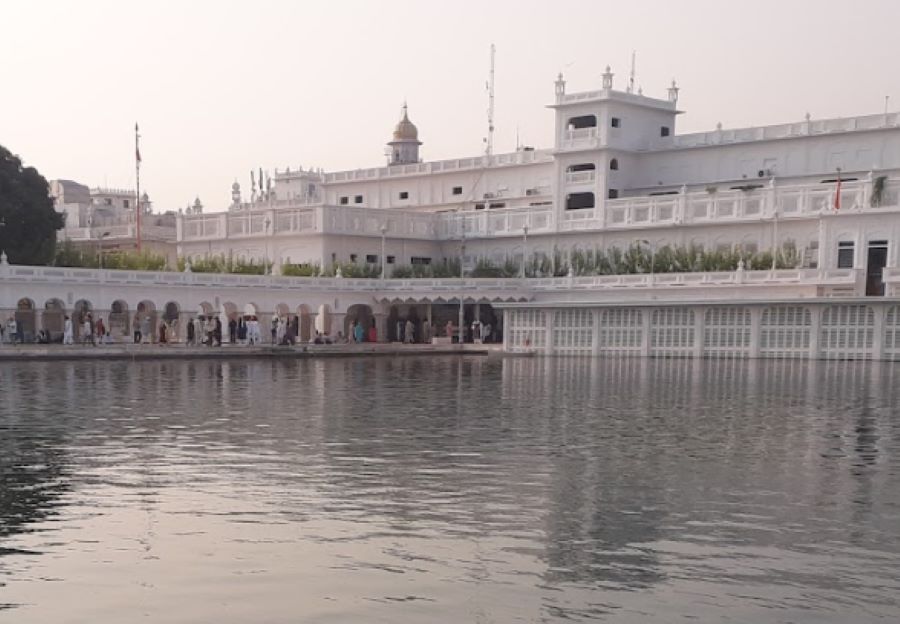
The Seat of God, or Akal Takht of the Timeless One. It is one of the five locations where Sikhs have temporal physical religious power. Akal is another name for God, which means The Timeless One. In Persian, takht signifies "seat" or "throne."
Gurudwaras in Punjab offer a deeply enriching spiritual and cultural experience. These sacred places of worship serve as pillars of Sikhism, providing spiritual guidance, community support, and a sense of unity among devotees. Each gurudwara, from bustling urban centres to tranquil rural settings, has unique charm and significance.
Protect What Matters - Explore Other Insurance Options